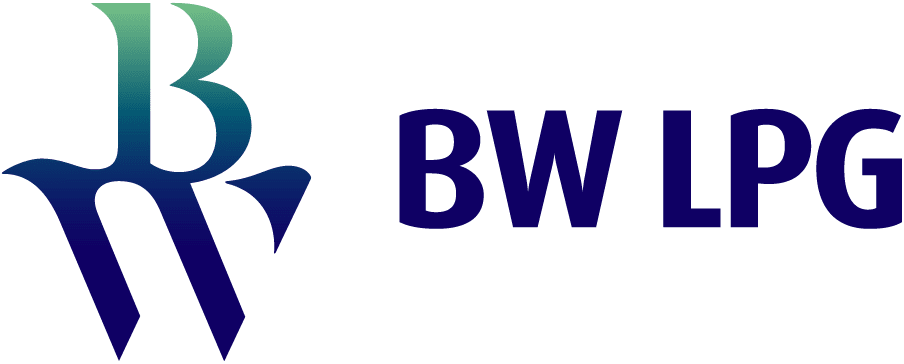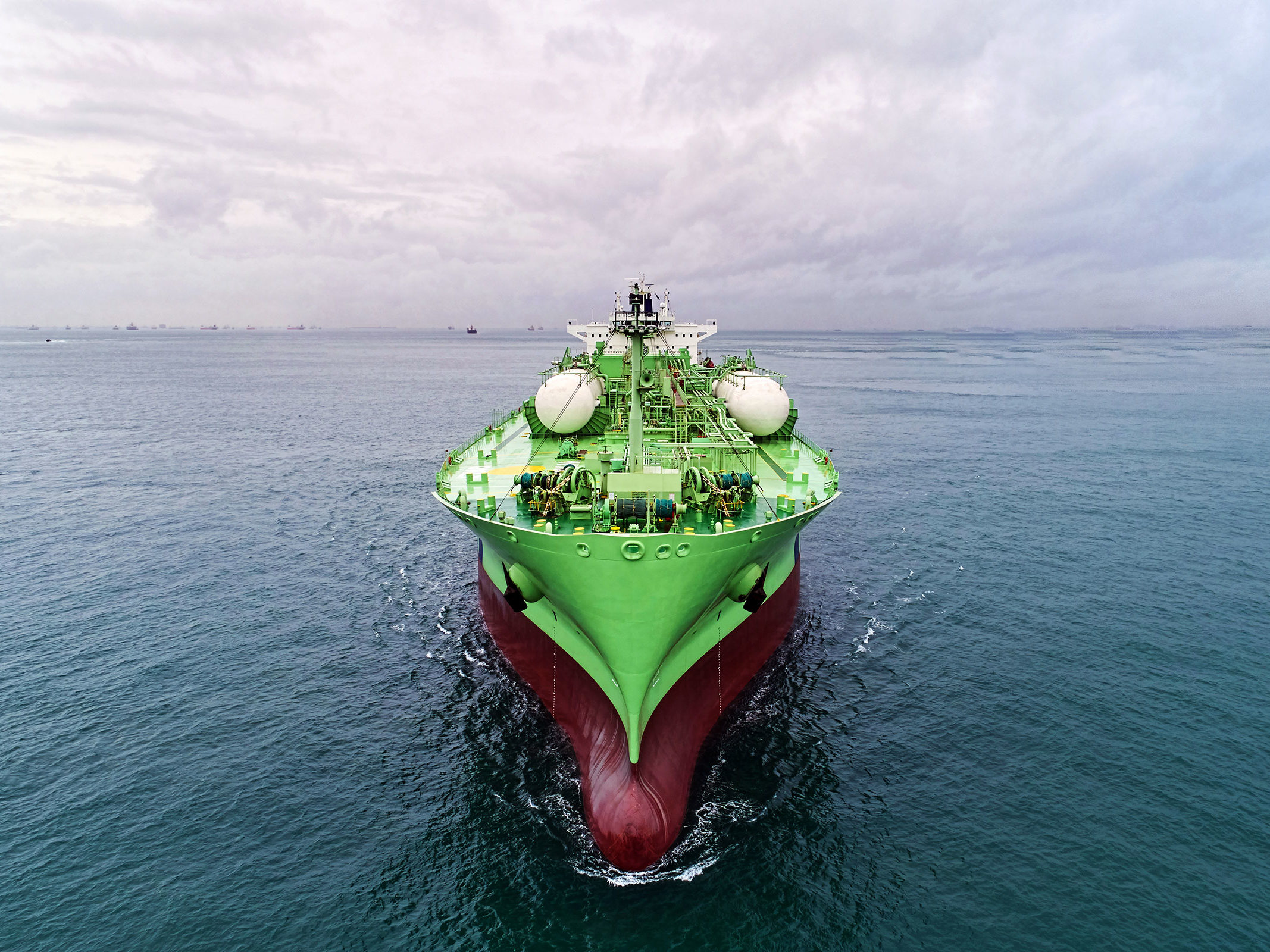Our History
The origin of BW LPG dates back to 1935 when Mr Sigval Bergesen d.y. established Sig. Bergesen d.y. & Co, a tanker business in Stavanger, Norway. After World War II, the fleet and business rapidly expanded with the delivery of a series of increasingly larger tanker vessels and establishment of close relations with major oil companies. In 1967, Sigval Bergesen d.y. entered the dry bulk business by taking over the business that his son, Mr Berge Sigval Bergesen, started 10 years earlier. By the 1970s, the company had grown to be one of the largest ship-owning groups in the world.
More Than 80 Years In Maritime Energy
In 1955, Sir Yue-Kong (Y.K) Pao bought his first vessel, a 27-year-old coal-burning freighter renamed the Golden Alpha, and founded World-Wide Shipping. In 2003, World-Wide Shipping acquired Bergesen, Norway’s largest shipping company founded in 1935, and in 2005, the business was re-branded as BW. The LPG segment of the BW business was listed in 2013. Today, BW LPG owns and operates the world’s largest fleet of LPG vessels and continues to deliver growth and value to society and stakeholders.
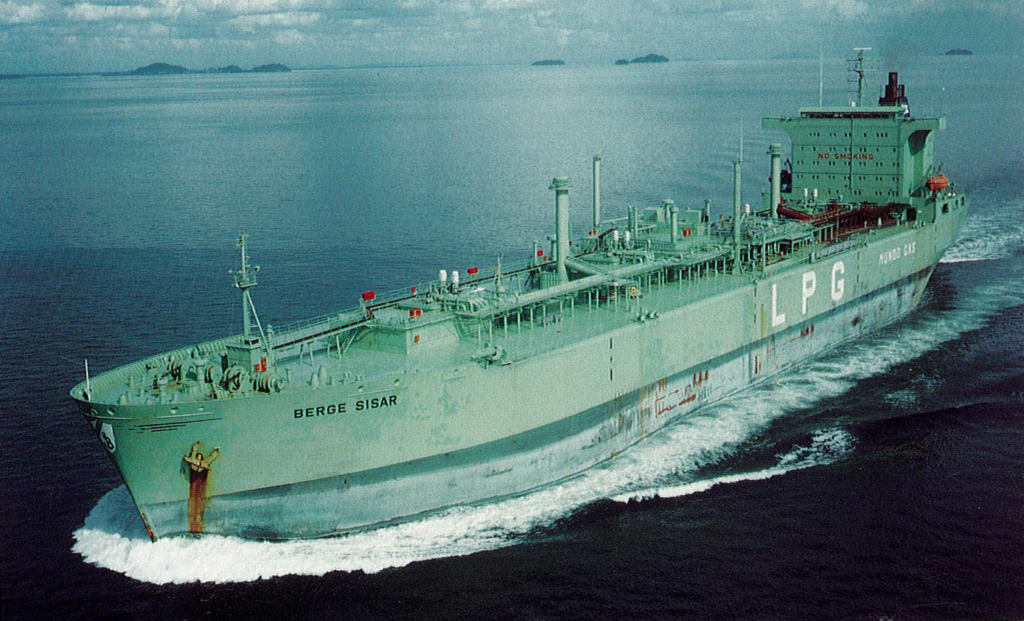
1970s
Entered The Gas Transportation Business
In 1978, Sig. Bergesen d.y. & Co entered the gas transportation business with the acquisition of six Liquefied Petroleum Gas (LPG) vessels. By then his grandsons, Mr Petter C.G. Sundt and Mr Morten Sig. Bergesen, had taken over the daily management of the business. Under their leadership, the company grew in the 1980s to become a major operator of large LPG carriers.
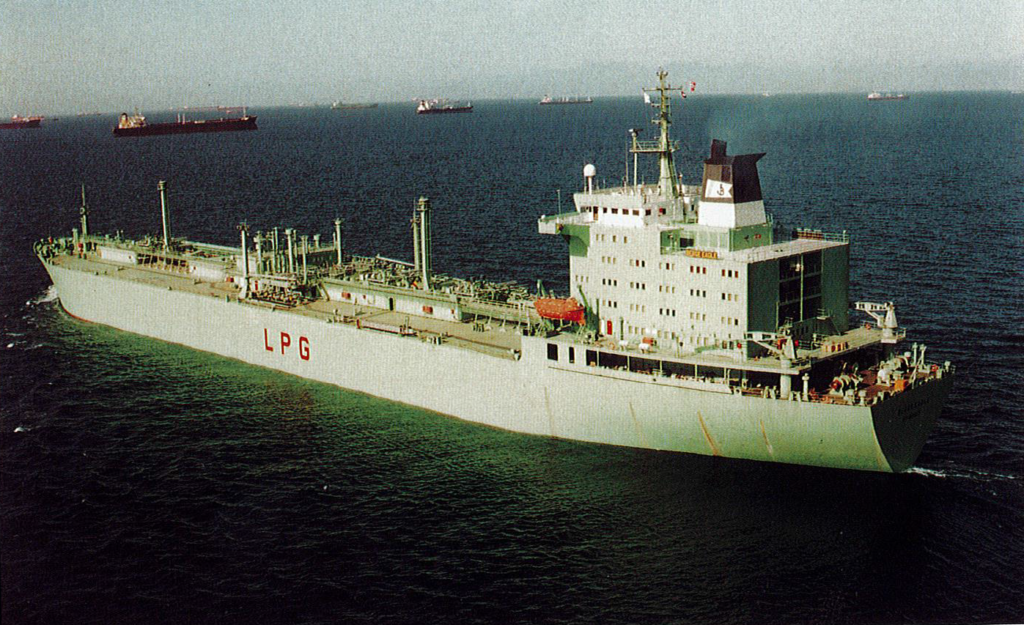
1980s
Market Leader In Gas Transportation
In 1986, Bergesen d.y. ASA (“Bergesen”) became the holding company of the family’s various shipping businesses, and had its shares listed on the Oslo Stock Exchange. Two years later, its shares were also listed on the London Stock Exchange.
In 1995, Bergesen acquired the shares of and merged with Havtor ASA, a shipping company focused on marine gas transportation. The Bergesen fleet as a result numbered over 100 vessels and Bergesen became a market leader for crude oil, dry bulk and gas transportation.
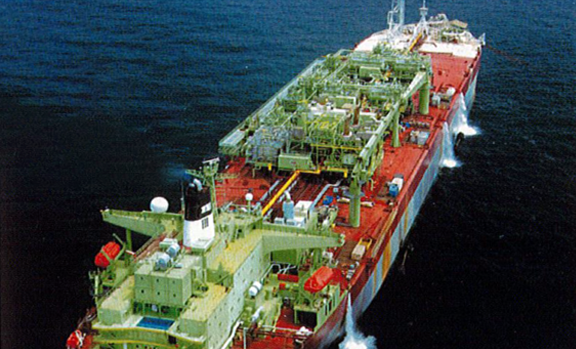
1990s
Expanding into new segments
In 1999, Bergesen revised its strategy and decided to reduce its exposure to the volatile tanker sector in favour of growing in two new shipping markets, Liquefied Natural Gas (LNG) and offshore production, where it expected better and more stable returns. Bergesen’s LNG venture started in 2000 with the ordering of three newbuildings that were subsequently chartered to Suez Energy International NA and Sonatrach SA.
In 2002, the LNG business grew substantially when the company was awarded contracts to charter four LNG vessels to Nigeria LNG Limited. In 2004, Nigeria LNG Limited awarded a contract for a further four LNG vessels to subsidiaries of BW Group Limited.
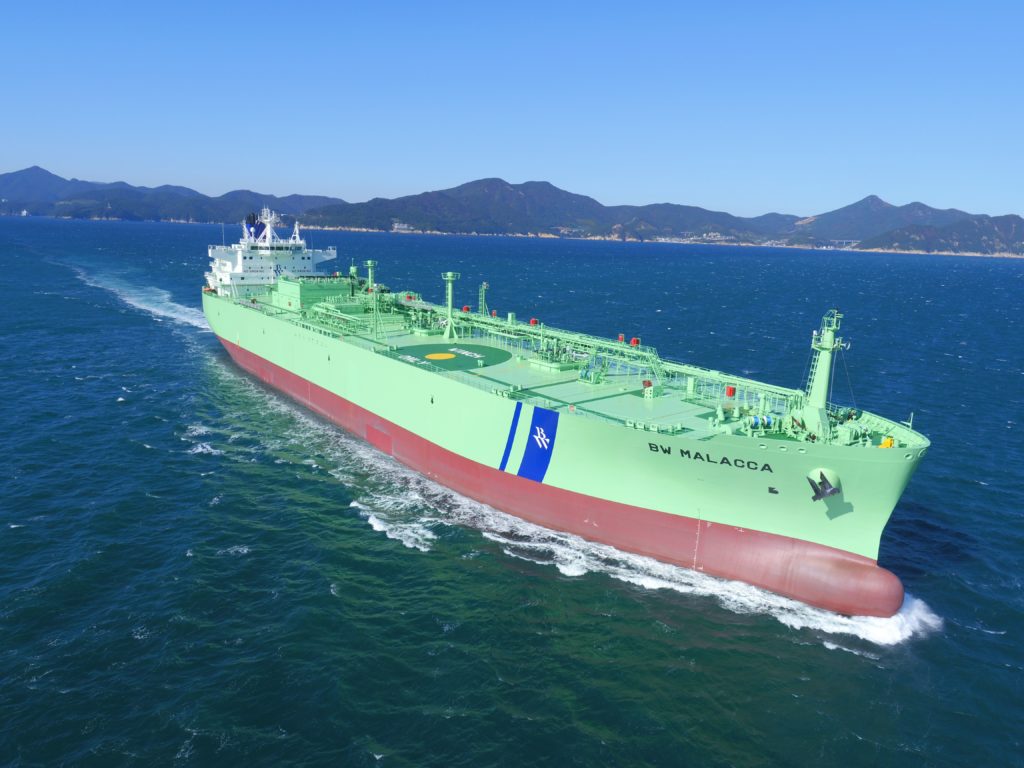
2000s
A New Identity
In April 2003, Sohmen family interests acquired a majority of the shares of Bergesen and, subsequently, launched a public offering for the remaining shares. Bergesen was delisted from the Oslo Stock Exchange and the London Stock Exchange in July 2003. Bergensen and World-Wide Shipping were reorganised to form Bergesen Worldwide in 2004, and in 2005 it was listed on the Oslo Stock Exchange under the name Bergesen Worldwide Gas ASA.
In 2007, Bergesen Worldwide Gas ASA was renamed BW Gas AS as part of a re-branding exercise of the BW Group. Together, the BW Group of companies is a leading global maritime group involved in oil and gas transportation, floating gas infrastructure, environmental technologies and deepwater production. After five years, BW Gas AS was delisted in 2009.
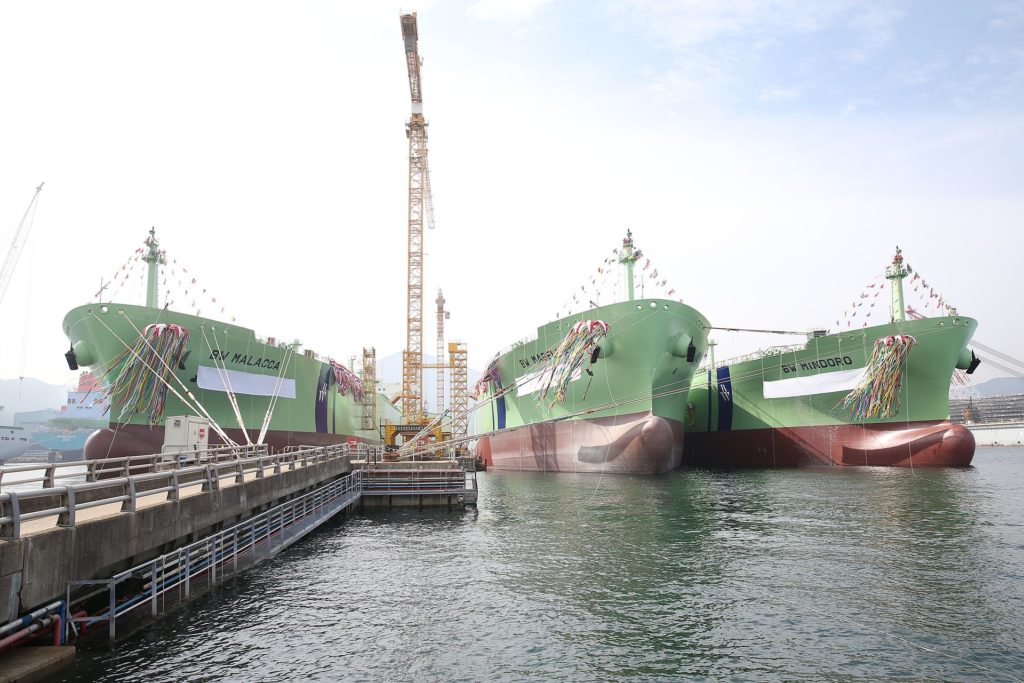
2010s
Listing, and Rapid Expansion
The next decade was a period of rapid expansion with investments of over US$1 billion which included the acquisition of several modern second-hand vessels, including a 10-vessel Very Large Gas Carrier (VLGC) fleet from Maersk Tankers, and contracts for four newbuildings from Korea.
In November 2013, BW LPG was listed on the Oslo Stock Exchange. It raised approximately US$280 million of new capital through this initial public offering (IPO). With a total offering size of approximately US$610 million, this was the largest IPO in Oslo in 2013, and the largest shipping IPO in Europe and the US since 2005.
In 2016, BW LPG acquired Aurora LPG, and the combination created a stronger player to weather a challenging period for the industry. In 2017, it established a Joint Venture in India in 2017 to establish a stronger presence in an important LPG market. In 2018, it announced plans to retrofit VLGCs with pioneering LPG dual-fuel propulsion technology and in 2019, it launched a Product Services division to offer customers a low-risk and fully integrated product delivery service.
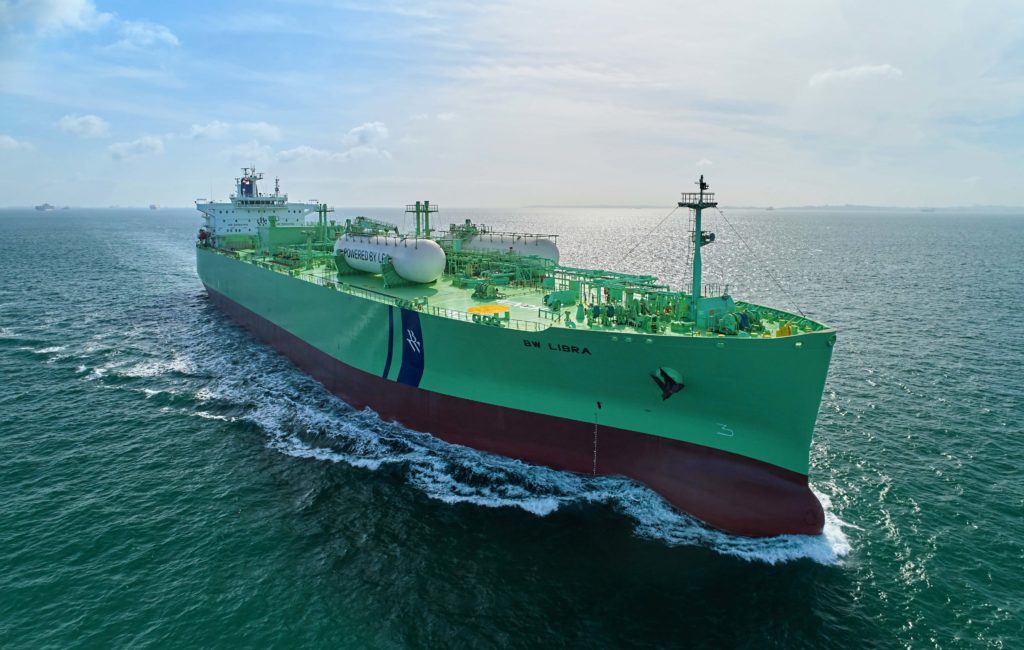
2020s
An Eye on the Future
In 2020, the world’s first VLGC to be powered by LPG, BW Gemini, was re-delivered. Over approximately four months during the vessel’s scheduled drydocking, BW Gemini was retrofitted with pioneering LPG dual-fuel propulsion engines in China. With performance exceeding expectations, BW LPG committed a total of 15 VLGCs for retrofitting. This significant and upfront commitment of USD 130 million was the sector’s largest investment to decarbonize in 2020.
In 2021, BW LPG increased our equity share in our Indian subsidiary from 50% to 88%. BW India has become India’s largest owner and operator of Very Large Gas Carriers.
